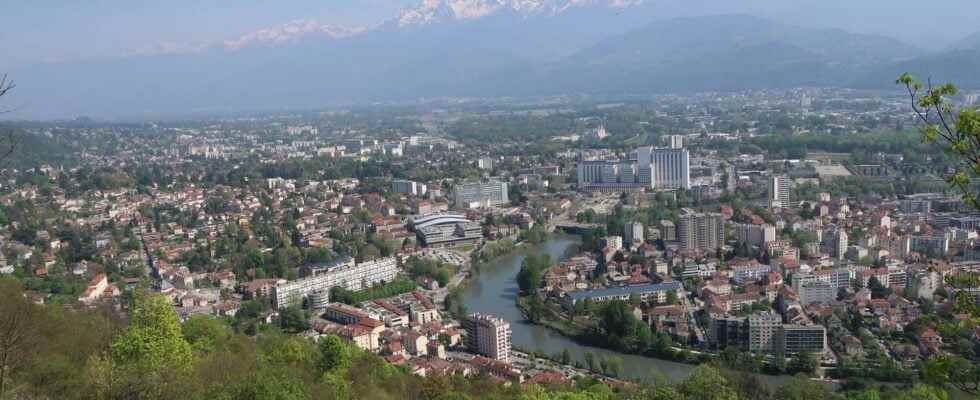In urban areas, fine particles have significant health consequences. What are the best air pollution reduction scenarios that public policies should target in order to bring health and economic benefits to citizens? In the Grenoble conurbation, a study conducted by a multidisciplinary scientific team looked at the societal benefits obtained with regard to the cost of implementing these measures.
You will also be interested
[EN VIDÉO] Interview 4/5: pollution, what health risks? With the increase in pollution levels, the question arises of its impact on human health. Each pollutant has different effects, some immediate and visible, others delayed and more insidious. In order to clarify the question, we interviewed Philippe Hubert, director of chronic risks at Ineris.
Reduce by two-thirds the mortality attributable to fine particles on the scale of an agglomeration can be done at a cost much lower than the societal and economic benefits. This has just been demonstrated by a collaborative study between the Grenoble Applied Economics Laboratory (CNRS/Inrae/UGA), the Institute for Advanced Biosciences (Inserm/CNRS/UGA), the Center for economics and sociology applied to agriculture and rural areas (AgroSup Dijon/Inrae) and Atmo Auvergne-Rhône-Alpes. The study identifies concrete public policies to achieve a health objective set by elected officials, as well as the expected co-benefits. The results were published by Environment International on January 15, 2022.
Every year in France, Pollution to fine particles (those with a diameter less than 2.5 microns, i.e. more than 30 times thinner than a human hair) causes the premature death of about 40,000 people. the associated cost is estimated at 100 billion euros annually. However, public policies to combat air pollution are generally implemented without first assessing their future health or economic impact.
The project MobilAir fills this gap by identifying concrete measures that would make it possible to meet the health objectives set by the decision-makers of the Grenoble conurbation. Namely: a reduction of 67% of the mortality rate associated with fine particles between 2016 and 2030. Several avenues have thus been the subject of a cost-benefit analysis.
Cascading health benefits
The team targeted the two local sectors that emit the most fine particles: wood heating and the transport. It demonstrates that the health objective can be achieved by combining two measures: replacing all non-efficient wood heating equipment with pellet stoves recent developments, and a 36% reduction in personal vehicle traffic within the agglomeration. In concrete terms, these steps should be accompanied by financial aid for households, the development of infrastructure (public transport or cycle paths, etc.) and highly targeted awareness programs.
These measures promote physical activity, reduce noise in the city and greenhouse gas emissions
The successful implementation of these measures would lead to cascading health benefits, which exceed the health gain directly associated with fine particles. Indeed, they promote the activity physical, reduce noise in the city and greenhouse gas emissions.
The scenarios with the strongest development of active modes (walking and cycling) then lead to a net profit of 8.7 billion euros over the period 2016-2045, ie an annual gain of 629 € per inhabitant of metropolitan France. This gain is calculated by making the difference between the health benefits of the measures (whether tangible, such as the reduction in medical costs and sick leave, or intangible, such as the loss of quality of life or mortality) and the investments and costs, private and for the community, associated with these measures. In other words: depending on the scenarios, each euro invested by the community would generate between 1.1 and 4.7 euros in societal benefit.
This is the first study in France demonstrating that the societal benefits associated with measures to improve the quality ofair are higher than the cost of these same measures. Decision makers thus have scientifically validated ways to significantly improve health at the scale of the agglomeration.
Interested in what you just read?
.
fs11
